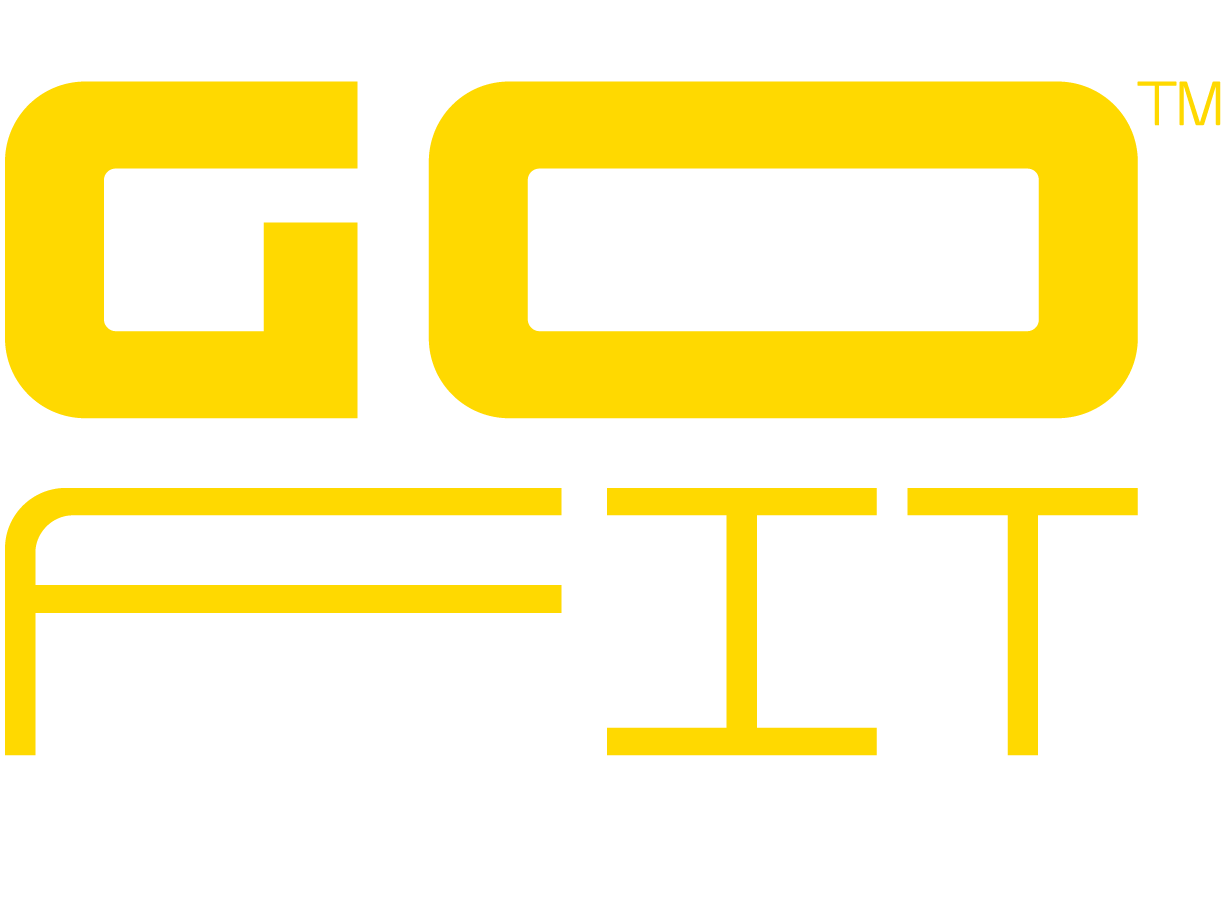Why the Number on the Scale Isn’t Everything
Body-weight is easy to read but terribly one-dimensional. It can’t tell fat from muscle, strength from stamina or confidence from consistency. Relying on a single figure leads many promising trainees to abandon ship when the needle sticks. By adding a handful of deeper metrics you turn a vague wish (“I want to get fitter”) into a data-driven journey, one that sparks motivation instead of anxiety.
1. Body-Fat Percentage (Not Just Weight)
Weight loss achieved by aggressive dieting often strips away lean tissue along with fat. Body-fat percentage shows whether changes are quality changes.
- How to measure: Use GoFit’s stand-on body scanner for a quick body analysis reading for maximum accuracy.
- Progress cue: A steady 0.5-1 % drop each month while strength lifts or remains stable signals healthy recomposition.
2. Girth Measurements
A tape measure never lies about where you’re losing, or gaining centimetres.
- Sites to record: Waist at navel, hips at widest point, chest under armpits, upper arm mid-bicep and thigh halfway between hip and knee.
- Progress cue: A shrinking waist with steady or growing hip and thigh numbers usually means fat is disappearing while glutes and quads strengthen.
3. Strength Personal Records (PRs)
Lifting heavier or performing more reps with perfect form is proof of neuromuscular adaptation.
- How to record: Note the weight, reps and perceived effort for benchmark lifts such as squat, bench press, dead-lift and overhead press.
- Progress cue: An increase of 2.5–5 kg on compound movements every four to six weeks shows you’re recovering well and eating enough to support growth.
4. Resting and Recovery Heart Rate
Cardio fitness improves when your heart doesn’t need to hammer as hard at rest and can calm quickly after effort.
- Morning resting rate: Take a 60-second pulse reading upon waking twice a week.
- One-minute recovery test: After a bike sprint, track how many beats per minute your heart rate falls in sixty seconds.
- Progress cue: A lower baseline or a quicker recovery drop signals a more efficient cardiovascular system.
Read also: Cardio vs. Strength Training: Which is Better for Weight Loss?

5. Mobility Benchmarks
Tight ankles, hips or thoracic spine limit everything from squats to overhead presses. Improved range of motion prevents injury and multiplies exercise options.
- Simple tests:
- Wall-sit squat depth without heels rising.
- Overhead reach while keeping ribs down and elbows locked.
- Progress cue: Hitting full range without compensations or discomfort means tissues are adapting, not merely stretching.
6. Energy & Mood Journal
Not all gains are visible. Recording daily energy, sleep quality and mood brings an often-ignored side of fitness into view.
- Method: Use a 1–5 scale for each category in your training log.
- Progress cue: Consistent “4s” and “5s” show your plan enhances rather than drains daily life, arguably the ultimate win.
7. Consistency Score
The best metric is adherence. Turning up trumps any perfect-on-paper programme.
- Track it: Divide sessions attended by sessions planned over the past month, then multiply by 100 for a percentage.
- Progress cue: Aim for 85 % or higher. Fall below 70 % and even the finest workout design struggles to deliver results.
Read also: The Science of Habit-Building: How to Stay Fit for Life
How to Combine the Metrics for a 360° Progress Picture
- Pick at least one measure from body, performance and well-being.
- Log baseline numbers before your next training cycle begins.
- Review every four weeks: adjust loads, exercise selection or recovery tactics based on the blend of data, not any one figure.
- Celebrate mini-wins: shaving three centimetres off waist, hitting a pull-up PR or lowering resting heart rate all deserve acknowledgment.
Common Pitfalls and How to Avoid Them
- Over-measuring: Daily scans or constant weigh-ins create noise. Weekly or monthly snapshots tell a clearer story.
- Cherry-picking data: Ignoring mobility stagnation because the scale moved invites future injury. Balance matters.
- “All-or-nothing” mindset: Slight week-to-week fluctuations are normal. Trends over time, not individual readings, prove progress.
Where GoFit Fits In
- In-Club Body Scanner: Step on, press “Start” and receive a full breakdown in 45 seconds, available at every GoFit location.
- Colour-Coded Zones: Strength PRs in the red zone, mobility gains in the green; no hunting for equipment means results are easier to reproduce.
- Member Workshops: Monthly “Beyond the Scale” clinics teach tape-measure technique, mobility checks and recovery-rate testing.
Frequently Asked Questions
How often should I test body-fat percentage?
Once every four to six weeks is sufficient; daily swings in hydration can skew readings if you over-test.
Can I rely solely on the gym’s scale if I’m a beginner?
Use it as a starting point, but pair weight readings with at least one of the other six metrics to avoid false plateaus.
What if my strength stalls but body-fat drops?
You’re likely in a calorie deficit. Decide whether fat loss or strength is the current priority, then adjust food intake and training volume accordingly.

Your Action Plan for the Next 30 Days
- Log Baselines: Schedule a body-composition scan and jot down initial tape and strength numbers.
- Choose Metrics: Pick three that excite you, perhaps waist size, squat five-rep max and morning energy score.
- Set Reminders: Add four-week check-ins to your phone calendar.
- Reward Milestones: Treat yourself to new gym gear or a recovery massage at GOFIT once you hit pre-set targets.
Make data your training partner and watch motivation sky-rocket.
Ready to Measure What Matters?
Join a GoFit gym today and get a high-quality body analysis to help you plan your fitness journey better. GoFit gyms are located in:






